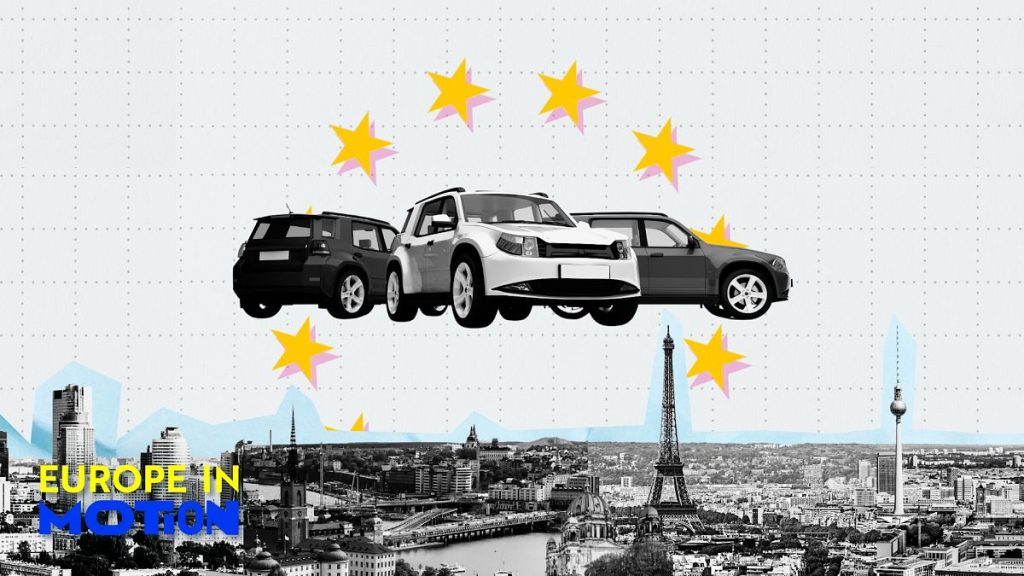The Uneven Distribution of Electric Vehicle Adoption in Europe
The adoption of electric vehicles (EVs) is rapidly transforming the European automotive landscape, yet the pace of this transformation varies significantly across the continent. Norway has emerged as a clear leader, boasting the highest proportion of electric cars relative to its overall passenger vehicle fleet. This success story is particularly evident in regions like Oslo, Vestland, and Trøndelag, where EV penetration rates surpass even the most optimistic projections. This remarkable progress is driven by a combination of factors, including generous government incentives, a robust charging infrastructure, and a strong public commitment to environmentally friendly transportation. However, it’s important to acknowledge that some of these high-density EV regions in Norway, such as Jan Mayen and Svalbard, have relatively small populations, which can inflate the per capita figures.
Within the European Union, the Netherlands and Sweden are demonstrating substantial progress in EV adoption. Dutch provinces like Flevoland and Utrecht, along with the Stockholm region in Sweden, showcase impressive EV registration numbers, indicating a growing appetite for electric mobility. These regions benefit from proactive policy measures, including subsidies, tax breaks for EV purchases, and the development of comprehensive charging networks. This approach fosters consumer confidence and makes the transition to electric driving more accessible and appealing. While these regions serve as examples of successful EV integration, the overall picture across Europe remains fragmented.
In sharp contrast to the Nordic and Dutch success stories, certain regions in Europe are lagging significantly behind in EV adoption. Turkey, along with some Spanish overseas territories and Greek islands, report almost negligible electric car registrations. This disparity is largely attributed to the limited availability of charging infrastructure in these areas, which hinders the practicality of owning and operating an electric vehicle. The lack of convenient charging options discourages potential EV buyers and perpetuates the reliance on conventional gasoline and diesel-powered vehicles. This situation underscores the importance of investing in charging infrastructure as a prerequisite for wider EV adoption.
On the mainland European continent, the lowest EV adoption rates are concentrated mainly in Serbia and Greece. These countries face economic challenges that impact consumers’ ability to afford the higher upfront costs of electric vehicles. Additionally, government policies and incentives supporting EV adoption may be less developed compared to countries like Norway and the Netherlands. Addressing these economic and policy hurdles is crucial for promoting EV uptake in these regions and ensuring a more balanced transition to electric mobility across Europe.
Unequal Car Ownership Across Europe: A Reflection of Regional Disparities
The distribution of car ownership across Europe paints a similarly uneven picture, reflecting diverse economic, geographic, and cultural factors. According to Eurostat data, EU citizens own an average of 0.56 passenger cars per inhabitant. However, this average obscures significant regional variations, with some areas exhibiting exceptionally high car ownership rates while others lag considerably behind. The mountainous northern regions of Italy, specifically the Aosta Valley, Trento Province, and Bolzano Province, stand out with remarkably high car ownership figures, exceeding two cars per resident in some cases.
The high car ownership in the Aosta Valley can be attributed to favorable taxation policies that make car ownership more affordable. The mountainous terrain and limited public transportation options also contribute to the reliance on private vehicles for mobility. In contrast, the French overseas region of Mayotte, along with Greece’s Peloponnese region and the French overseas department of Guyane, report significantly lower car ownership rates. These regions may have lower average incomes, making car ownership less accessible, or they might rely more on alternative forms of transportation, such as public transit, walking, or cycling.
Interestingly, several European capitals, including Berlin, Vienna, Stockholm, Brussels, and the Amsterdam region of North Holland, also rank among the areas with lower car ownership rates. This can be attributed to a combination of factors, such as well-developed public transportation systems, higher population densities, and a growing preference for alternative modes of transportation like cycling and walking. These cities prioritize sustainable urban mobility and offer viable alternatives to private car ownership, leading to lower car dependency compared to less urbanized areas. This trend reflects a shift in urban transportation paradigms, prioritizing efficient and environmentally friendly mobility solutions over individual car ownership.














